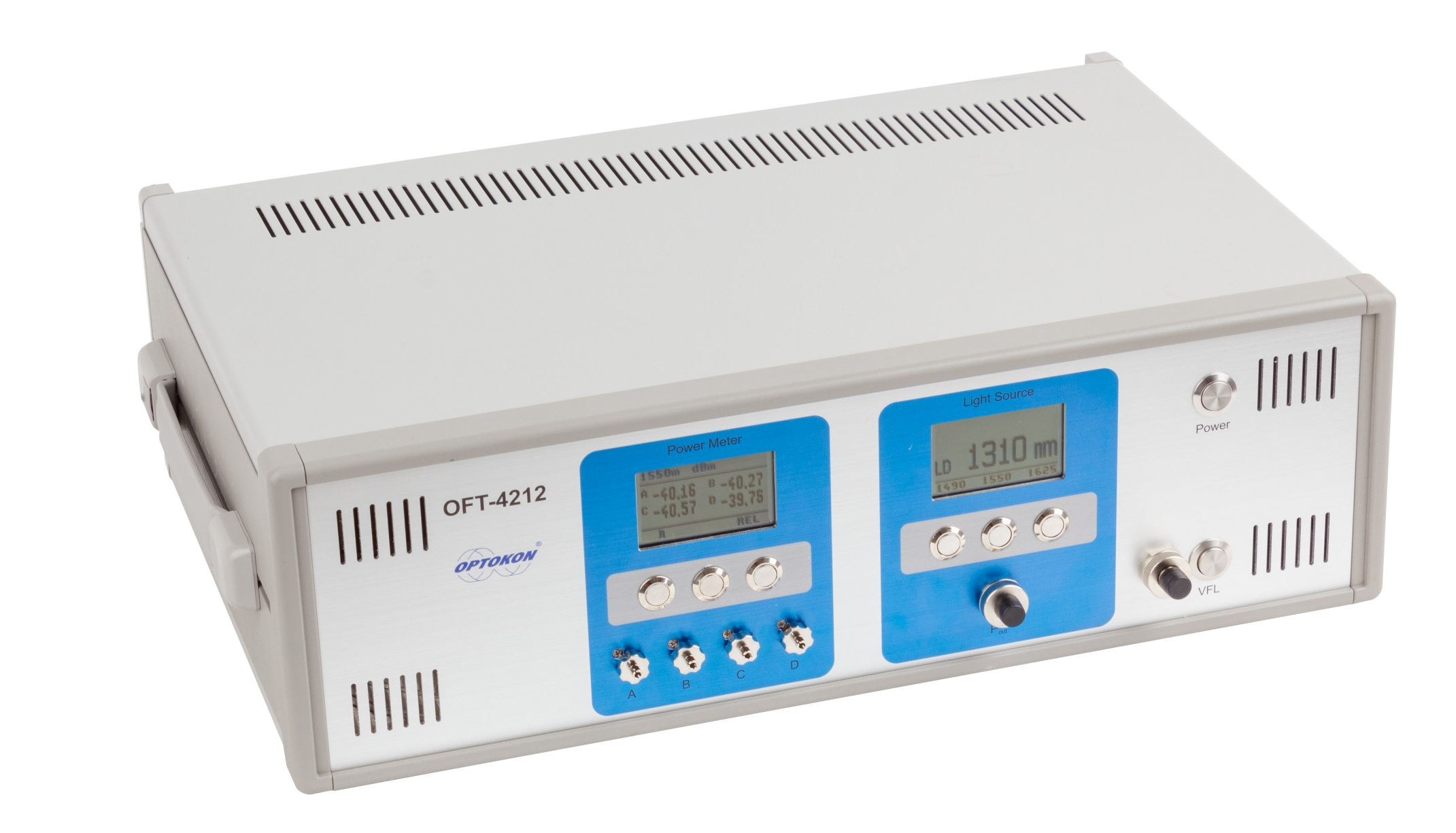A step-by-step guide for using fibre testing equipment effectively
All You Need to Learn About Robotic Vision and Its Applications in Advanced Optical Dimension Equipments
Robotic vision stands for a substantial advancement in the crossway of computer vision, fabricated intelligence, and machine knowing. This innovation improves the precision of optical dimension systems, making it possible for real-time data evaluation and enhanced quality assurance. Its impact extends multiple sectors, from producing to health care. However, the advancing landscape of robot vision elevates questions concerning future capacities and applications (fibre testing equipment). What innovations exist ahead in this transformative area?
Recognizing Robotic Vision: Secret Concepts and Technologies
Robotic vision encompasses the modern technologies and approaches that allow makers to interpret and comprehend aesthetic details from their atmosphere. This area integrates components of computer vision, artificial intelligence, and artificial intelligence to facilitate automatic decision-making based upon visual data. Key ideas consist of picture handling, which involves the enhancement and evaluation of pictures to remove purposeful functions, and object recognition, which allows makers to identify and categorize things within a scene.

The Combination of Robotic Vision With Optical Dimension Equipments
As industries increasingly require precision and effectiveness, the integration of robot vision with optical measurement systems has become a transformative technique. This harmony enables robots to view and analyze their environments, enhancing the ability of optical dimension systems to analyze and examine items with unrivaled accuracy. By furnishing optical sensing units with advanced imaging modern technologies, robotic vision enables real-time data collection and handling, facilitating immediate adjustments to dimension specifications.
Furthermore, the mix encourages automated systems to detect variants in measurements, surface quality, and alignment, which are vital in top quality control processes. Enhanced formulas, such as artificial intelligence, more boost this integration by boosting the systems' capacity to adapt to various environments and circumstances. The assimilation not only enhances dimension procedures however likewise reduces errors, making certain that items satisfy rigid sector standards, therefore solidifying the role of robotic vision in the future of optical measurement systems.
Applications of Robotic Vision in Manufacturing
In contemporary manufacturing environments, making use of vision systems has revolutionized production processes by enabling makers to do jobs with exceptional accuracy and rate. Robotic vision systems are significantly utilized for quality assurance, where they examine products for problems and assurance adherence to requirements. These systems utilize electronic cameras and advanced algorithms to assess products in real-time, considerably decreasing the danger of human mistake.
In addition, robotic vision facilitates automation in setting up lines, allowing robotics to properly determine parts and construct them with marginal downtime. This innovation additionally boosts supply administration, as vision systems can keep an eye on supply degrees and discover inconsistencies, guaranteeing a seamless supply chain.
In addition, robotic vision aids in the implementation of wise factories, where information from vision systems can be incorporated with various other technologies to enhance process. Overall, the applications of robot vision in making show its essential function in improving efficiency, top quality, and performance across numerous markets
Robotic Vision in Medical Care: Changing Client Treatment

In rehabilitation, robotic vision aids in monitoring individual development and customizing treatment sessions to specific needs. It supports medical experts by automating tasks such as information collection and patient monitoring, permitting more time to concentrate on direct individual interaction. Furthermore, robotic vision boosts telemedicine by making it possible for remote medical diagnosis and online consultations, bridging the void between individuals and medical care providers. Generally, the application of robotic vision in medical care is transforming client treatment, bring about improved outcomes, effectiveness, and patient satisfaction.
Future Fads and Growths in Robotic Vision Modern Technology
The rapid development of robotic vision innovation guarantees to better improve its applications across various industries, including health care. Future patterns suggest a significant change in the direction of including man-made knowledge and artificial intelligence, allowing systems to gain from large datasets and enhance precision in time. Boosted sensor innovations and deep knowing formulas are anticipated to fine-tune item recognition capacities, enabling robots to analyze complex atmospheres a lot more efficiently.

The combination of enhanced reality (AR) with robot vision will likely transform exactly how robots assist in medical treatments and diagnostics. This synergy will certainly help with real-time information Website visualization, improving decision-making processes. Additionally, miniaturization of parts will lead to even more small and functional robot vision systems suitable for a selection of tasks. As these innovations unfold, sectors will witness enhanced automation and efficiency, solidifying robot vision as a cornerstone of cutting-edge technological services.
Regularly Asked Questions
What Are the Key Elements of a Robot Vision System?
The main elements of a robot vision system include electronic cameras for picture capture, cpus for data evaluation, formulas for interpretation, and actuators for motion. With each other, these components allow robots to view and communicate with their environment properly.
How Does Robotic Vision Improve Precision in Measurements?
Robotic vision boosts dimension accuracy by utilizing sophisticated imaging modern technologies, enabling accurate things detection and spatial evaluation. This capability reduces human mistake, enhances repeatability, and permits real-time adjustments, eventually boosting total dimension integrity and efficiency.
What Industries Advantage Most From Robotic Vision Technology?
Different industries benefit greatly from robot vision technology, including production, medical care, farming, and logistics. These markets use boosted precision, efficiency, and automation, bring about enhanced performance and minimized functional costs in their respective procedures.
Can Robotic Vision Solutions Job in Low-Light Issues?
Robotic vision systems can undoubtedly function in low-light problems, utilizing innovative sensors and formulas to enhance photo clarity. This capability enables them to execute properly in numerous environments, including commercial and surveillance applications, even with marginal illumination.
What Are the Costs Connected With Implementing Robotic Vision?
The pop over here expenses related to applying robotic vision vary considerably, affected by parts such as cameras, software, and integration. Extra costs include upkeep, training employees, and potential upgrades to existing systems, which can build up in time.